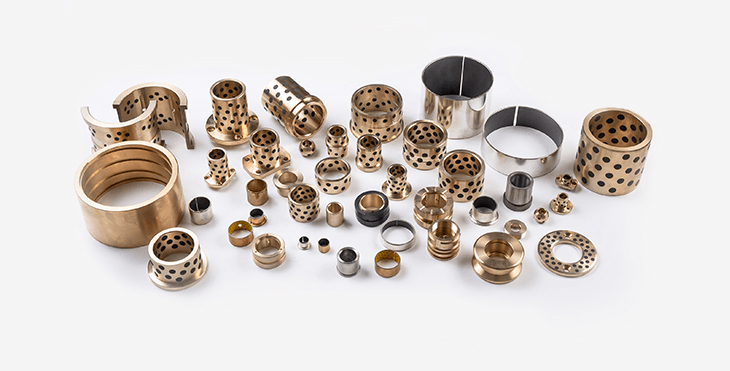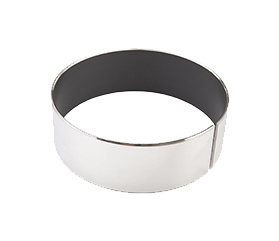How does Oilless Injection Guide Bushing help reduce environmental impact and promote sustainable manufacturing practices?
The Oilless Injection Guide Bushing helps reduce environmental impact and promote sustainable manufacturing practices in several ways:
Eliminating the need for oil lubrication: Traditional guide bushings require regular oil lubrication to reduce friction and wear. However, the oil used as lubricant can be a source of environmental pollution. Oil can leak or be released during maintenance, generating hazardous waste and potentially contaminating soil, water, or air. In contrast, the
Oilless Injection Guide Bushing is designed to operate without any oil lubrication, ensuring there is no oil leakage or waste generation, thereby reducing environmental pollution.
Energy efficiency: Oil lubrication can also increase energy consumption since the oil pump requires energy to operate. By eliminating the need for oil lubrication, the Oilless Injection Guide Bushing reduces energy consumption during the manufacturing process. This improves energy efficiency, helping to conserve resources and reduce greenhouse gas emissions, which is critical for sustainable manufacturing practices.
Longer lifespan and reduced waste: Oilless guide bushings often have a longer lifespan compared to traditional ones. The self-lubricating properties, combined with specialized materials and coatings, ensure reduced friction and wear. This extended lifespan reduces the frequency of bushing replacement, resulting in less waste generation. By promoting durability, the Oilless Injection Guide Bushing contributes to sustainability by minimizing material waste and the environmental impact associated with manufacturing and disposal.
Reduced maintenance and downtime: The Oilless Injection Guide Bushing requires less maintenance compared to traditional ones. Since there is no need to monitor oil levels, change lubricants, or conduct regular maintenance, manufacturing processes can run more smoothly and with fewer interruptions. This reduction in downtime improves overall productivity and efficiency, leading to resource savings and a smaller environmental footprint.
Minimizing resource extraction: Oil lubrication requires the extraction of petroleum, a non-renewable resource. By eliminating the need for oil lubrication, the Oilless Injection Guide Bushing reduces the demand for oil and lowers the need for resource extraction. This helps preserve natural resources and reduces the associated environmental impacts, such as habitat destruction, water pollution, and carbon emissions from extraction and refining processes.




 English
English Español
Español























